Experts have warned a new Covid wave could be on its way to Scotland as new stats show a 50% increase in Dundee and Fife cases this week, compared with last.
Statistics from the UK government show that between June 4 and June 10, 247 people in Dundee had a confirmed positive test result.
This is an increase of 49.7% compared to the previous seven days.
In Fife, 709 people had the virus this week – 52.5% more than the week before.
Case numbers have also risen in Angus (by 25.4%) and in Perth and Kinross (by 11.1%).
But why are case numbers rising? Just how worried should we be? And could another wave mean a return to the restrictions we’ve been so happy to see the back of?
We spoke to head of health intelligence at NHS Grampian, Jillian Evans, to find out more.
Why are we facing another wave of Covid?
Scotland and the UK are facing a new wave likely due to the emergence of new Covid variants.
Jillian explains: “Across Scotland we’re seeing a change in direction from that downward trend we’ve had for the past two months.
“The general belief is this rise in cases is being driven by new variants we’ve seen in other countries which are now making up a more dominant proportion of cases.
“It’s not just one new variant of concern – there is a number of them, including BA.4 and BA.5.
“For all the new variants, there is believed to be a degree of ‘immune escape’. This means our immunity isn’t holding up as well and that’s why they have an advantage.”
Should we be worried about the new wave?
Jillian continues: “We expect to see a rise in cases. You’re likely to see a constant fluctuation of infections rising and falling over time.
“This is what we’re learning to live with now. We shouldn’t be surprised by it.
“We should be concerned, but not overly because we know what to do to protect ourselves.
“Individually, the actions we take can help. That means being up to date on your vaccines because that still gives you the best degree of protection.
Rising hospital admissions
“We’re already starting to see a rise in hospital admissions.
“Whether that’s driven by the new variants or a generally slowing down of immunity, or a combination of both, we don’t know.
“You never really know how this virus will shape up. What has been ‘mild’ with the recent version of Omicron may not always be mild with other variants.”
Could we see Covid restrictions return?
No one wants to see restrictions brought back, though there is the potential some could be if infection levels rise high enough.
Jillian says: “We should expect a level of disruption with this new wave.
“There will likely be rises in staff being off work with Covid, which will affect businesses, workplaces, education and healthcare.
“There’s a real possibility the autumn campaign of vaccinations could be extended to the wider population. It would be very worthwhile to be planning for that now.
“The other thing that can make a difference is the use of mask in indoor and crowded settings. These are things you’d consider to be very light touch protections.
I’m definitely wearing my mask in crowded places indoors when risk of exposure is high. It’s a small sacrifice to protect others, especially people who are vulnerable to covid. https://t.co/fplUPU8RKy
— Jillian Evans (@JillyEvo) April 15, 2022
“We could see that being brought back if infections reached a level where that action feels proportionate.
“There is no requirement to self-isolate, but everyone is encouraged to do the right thing and stay away from others while you’re unwell.
“Testing is great – if you can do it. Not everyone can afford to buy tests. But if you can, wait until you feel well enough before going out and about again.”
Covid Scotland: What to do if a faint positive line appears on your lateral flow test


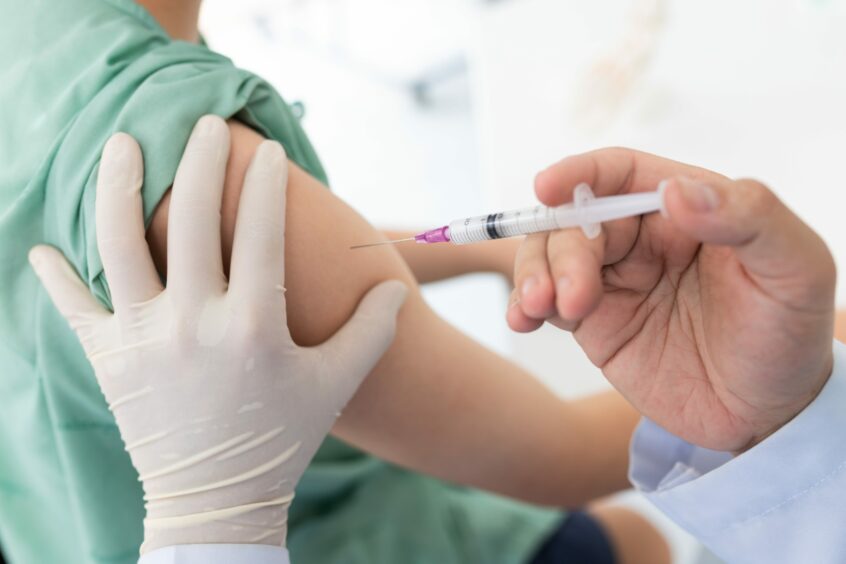
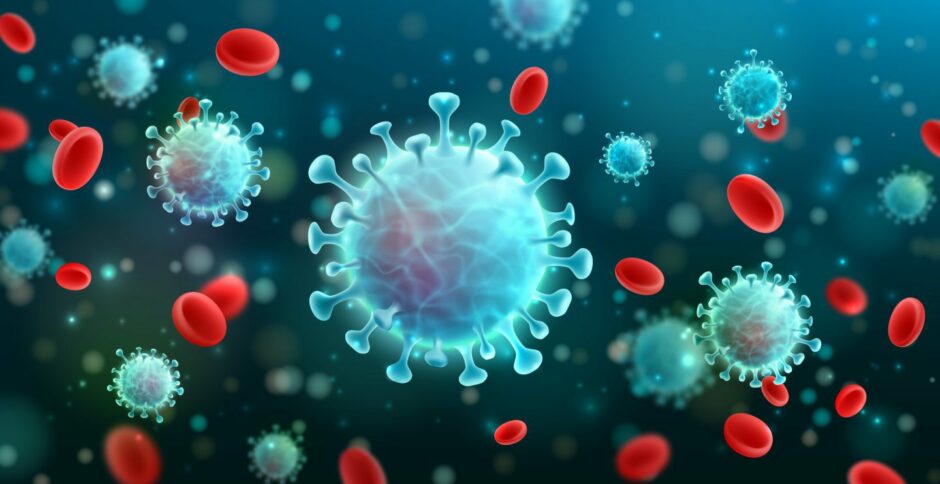





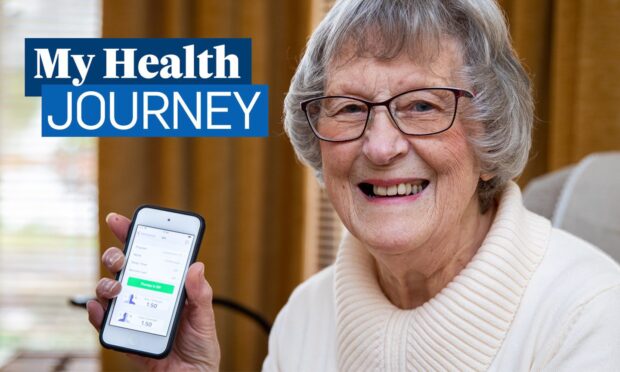
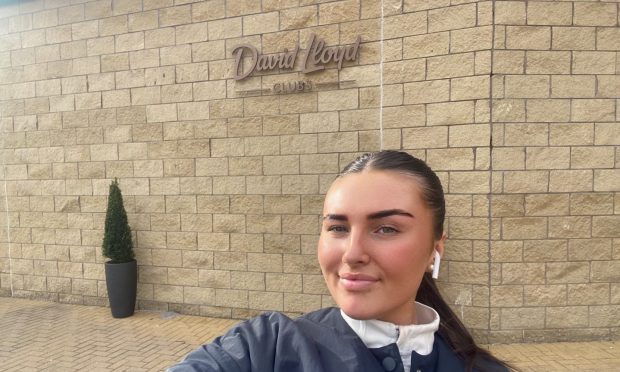
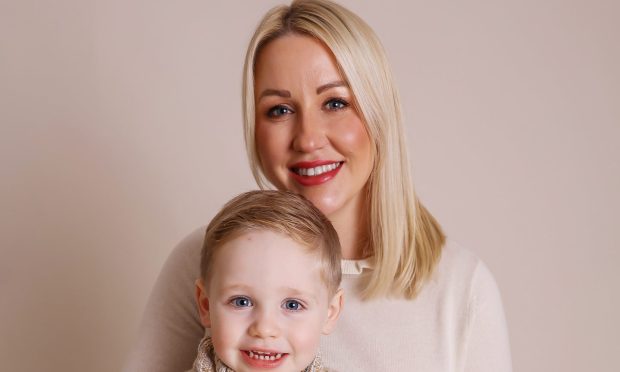
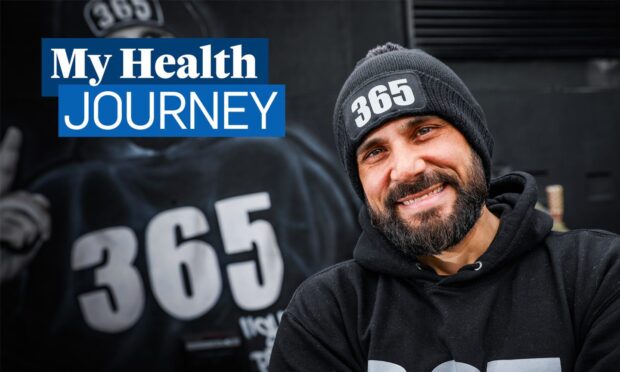
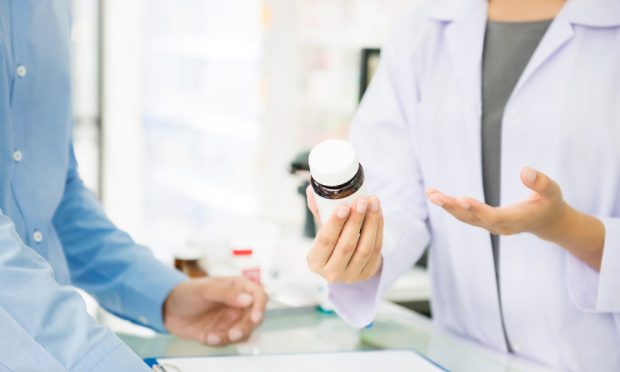
Conversation